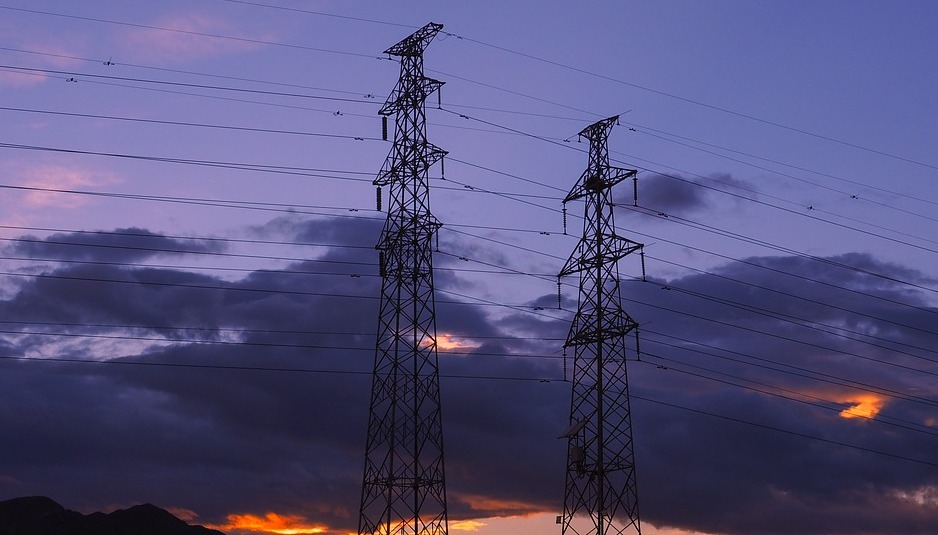Grid stability: a direct measurement with a software

Reactive Technology and National Grid in UK announced the success of Project SIM which, for the first time ever, continuously measured and monitored grid stability. Until now, there was no way to measure the stability of a grid (or its inertia) of the energy network.
For this reason it has always been estimated with unknown error margins. These evaluations are used not only in the renewable and fossil fuel energy market, but also for long-term investiments in grid infrastructure. This means that errors on estimates lead to serious economic losses.
The influence of renewable energy on stability
We know that system’s inertia shows its resistance to any changes. In energy networks, inertia is important because it indicates the stability, in terms of how and how much rapidly it responds to any problem.
Moreover, in last years, there is a transition towards renewable energy sources, instead of fossil fuel generation. Intermittent generation is integrated to the power grid (for example a solar panel or a wind turbine generate power not constantly). This kind of renewable generation has not the same properties in terms of stability, instead of fossil fuel one. In fact, in fossil plants big rotating masses store energy, like a steam turbine. Their inertia is high, despite of masses in renewable production. This means that the more renewable energy is produced, the less it is possible to control the stability of the system. The power grid is so vulnerable to any changes.
On the economic side, a low level of inertia leads to an increase of costs to energy reserve, and to the reinforcement of the grid.
A continuous monitoring: GridMetrix
Reactive Technologies‘s solution, born by Project SIM, is the software called GridMetrix. It allows to evaluate directly real-time system’s inertia. In this way operators can manage any destabilisation of the power grid, with lower response time. A better control of stability is the first step towards the complete integration of renewable sources in bigger grids (the national ones).
The same grid is used as a protected communication channel. It’s another advantage for grid’s operators because they can interact with parts of the gri in a safer way.
Some information about the software are set below
- DIRECT INERTIA MEASUREMENT: Accurate measurement of system stability, enabling more efficient grid management in a low inertia environment;
- INTUITIVE VISUALISATION: User-friendly, customised grid analytics dashboard, supporting integration of existing control room systems;
- ENHANCED FINANCIAL DECISIONS: Detailed post-event analysis and ultrafast data allowing for more effective procurement of ancillary services and an improved investment strategy;
- REAL-TIME SYSTEM ANALYTICS: High resolution regional and national view of key system parameters leading to substantially improved performance capabilities.
Marc Borrett, CEO at Reactive Technologies, said:
“With GridMetrix, we’re giving grid operators access to unique direct data measurements from a national level right down to a granular post code level, so they can operate more leanly and better manage the nation’s supply and demand in line with accurate, real-time information.”
GridMetrix has worked on the whole british power grid with success as a part of Project SIM financed by Project Innovation Allowance of Ofgem in collaboration with National Grid UK.
